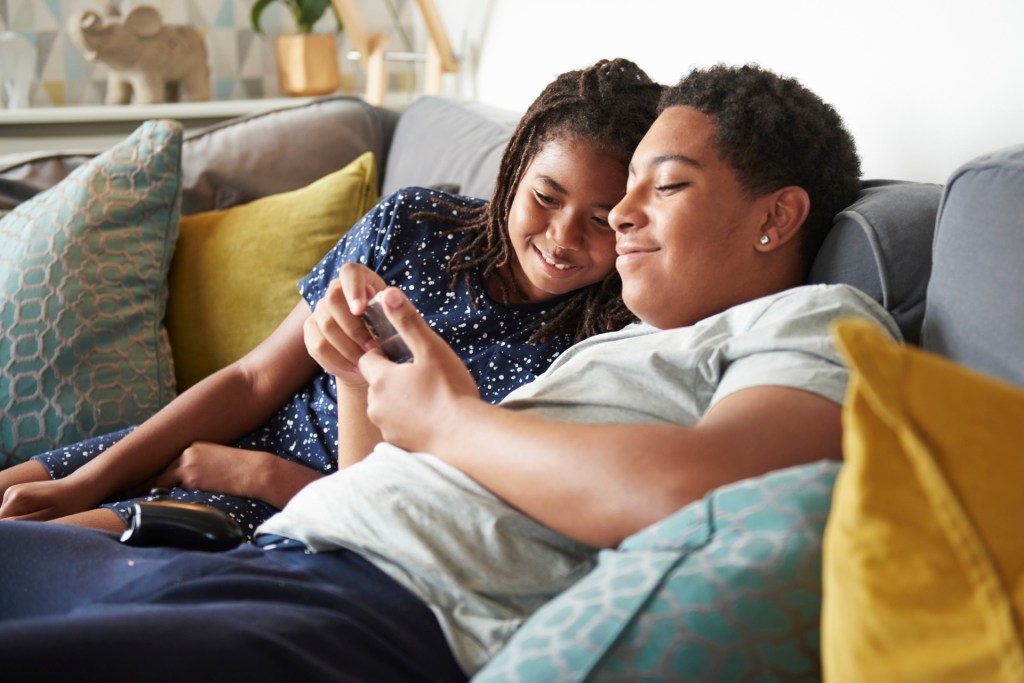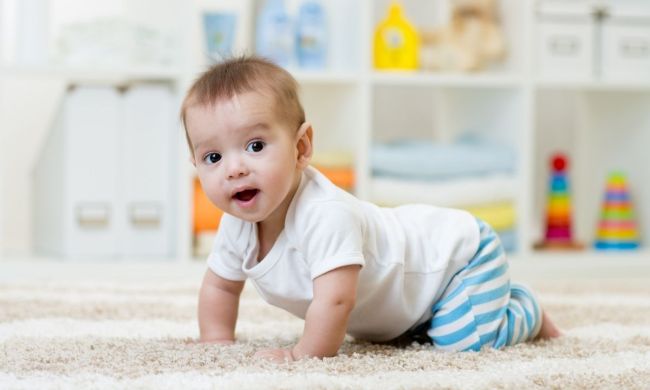Keeping kids’ minds and bodies safe is one of the most basic responsibilities to which parents must commit. With the world changing almost constantly these days, moms and dads are forced to roll with each one, attempting to keep up with each danger that pops up. One critical issue concerns their activity on social media platforms. Kids have been using electronic devices in their daily lives for almost a decade, and with each year new advancements in their technology create windows of opportunity for unsafe or unmonitored behavior and activity. This kind of online presence can open kids up to a world of online predators or cyberbullies.
Because parents should be armed with all the tools they need to protect their children online when they can’t always be present, we have put together an excellent list of downloadable monitoring apps to deter unwanted or unwarranted activity from would-be predators. These applications, together with open and honest family discussions on safe online activity, can help protect children from exposure to elements of technology that parents believe unsafe or inappropriate.

The best pay-to-use apps for social media monitoring
Bark
Whether you’re trying to monitor your child’s calls, messages, online screen time, or simply filter out inappropriate content or offensive materials, Bark is cable of handling the task. Bark’s software is there 24/7, keeping an ever-watchful eye on your child’s device and activity with real time, live alerts and notifications at any sign of trouble. Homework needs to be completed after school? That’s not an issue for Bark. Simply set up screen time filters, or block access altogether to ensure the focus remains on the necessary task. For $5 per month for younger children or audiences, or $14 per month for the full application – or $49/$99 annually – parents can safeguard their little ones.
Qustodio
Another fantastic paid application for parents, Qustodio is also marketed toward schools for district-wide, online protection. Capable of filtering searches and app downloads, Qustodio also monitors phone calls and text messages, locations, and limits screen time. What makes Qustodio different from Bark is the ability for customers to have full access to the entire platform of protection, activity monitoring, search history filtering, and location tracking with the only difference in price (which varies from $54.95 to $137.95) being the number of devices that parents can connect through the app.
Additional paid apps to consider:

The Best Free-to-use Apps for Social Media Monitoring
Google Family Link
As a Google app user, parents can use this free service that’s provided to them, controlled by their Google account. This app can be used on up to six devices and works for kids through age 13. It works effortlessly across the Google platforms for all Play Store downloads. Additionally, the service provides geo-fencing, search engine filtering, and app blocking. This app is only available for Google users, so an account with Google is needed before monitoring can take place.
OurPact
This free-to-use app and service provides concerned parents with littles active online with web restrictions, website blocking, time limits and allowances, text blocking, and location tracking. OurPact can be used on both iOS and Android devices, giving parents across the globe a bit more control over what their children spend their free time looking up. OurPact has a parent app and account, with a sister app that is downloaded onto the child’s device to inform them of allowed time, a blocked app, or a filtered website.
Other notable free-to-use apps to investigate:
Whether you have small children with a small online presence and need minor monitoring and app control, to full protection and monitoring of your pre-teen or teenager’s social media accounts, our list of free-to-use and paid subscription apps give the control back to parents on how, where, and when their children spend time interacting online. With the focus on mental health higher now more than ever, parents are looking to connect more with their kids and begin open dialogue discussions on online safety, staying away from unsafe sites, and child predators. Parents living in a technology-focused world require the tech to deter would-be predators, keep track of their child’s location, and protect them from cyberbullying day or night.



